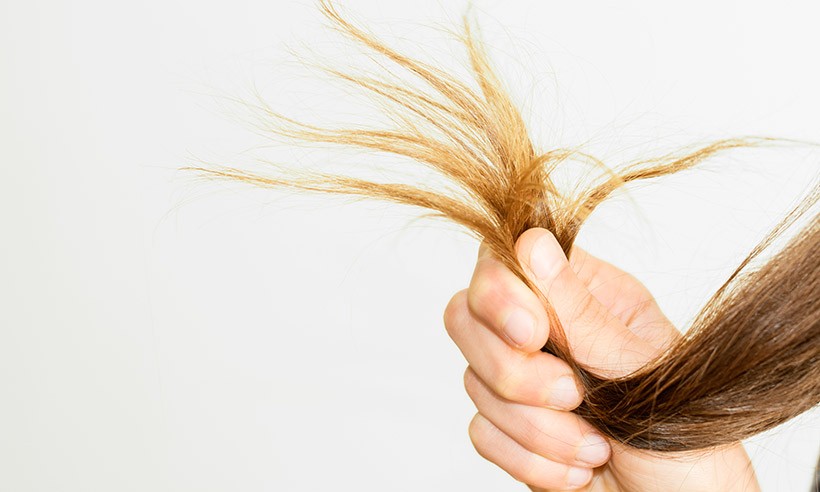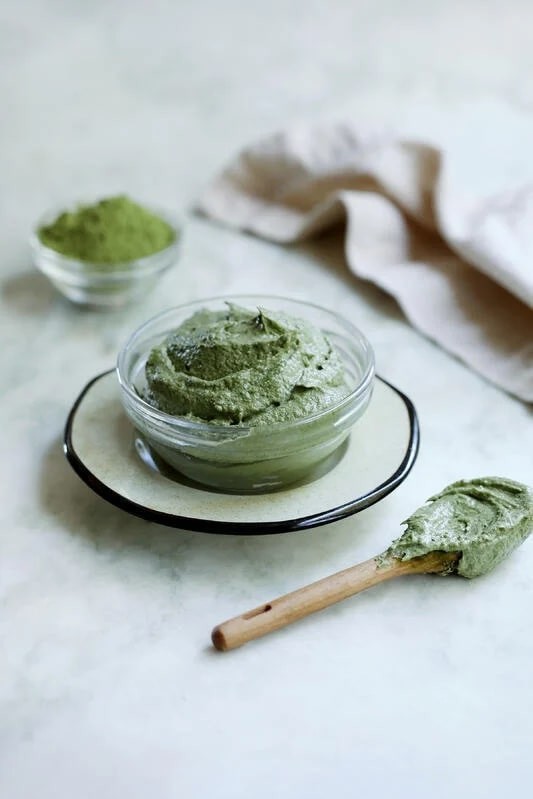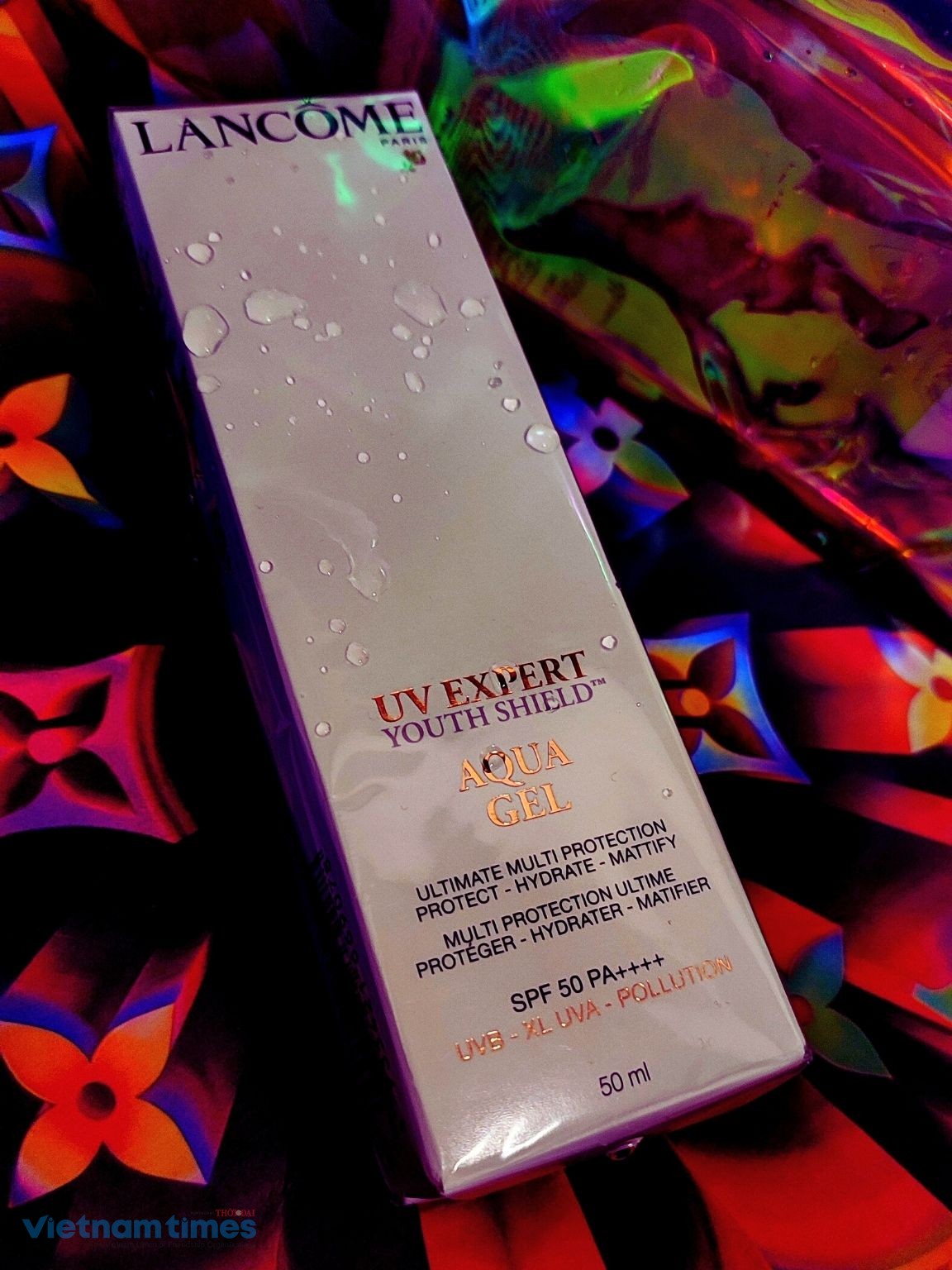Summer Tips: How to Get Sun Tan Fast and Safe
Many people like the way their skin looks with a tan, but prolonged exposure to the sun has a variety of risks, including skin cancer.
Even when wearing sunscreen, outdoor sunbathing is not risk-free. If you’re interested in tanning, you can reduce the risks by tanning faster in the sun. This will help you avoid prolonged UV exposure and reduce the risk of skin cancer.
Will a Tan Make You More Attractive?
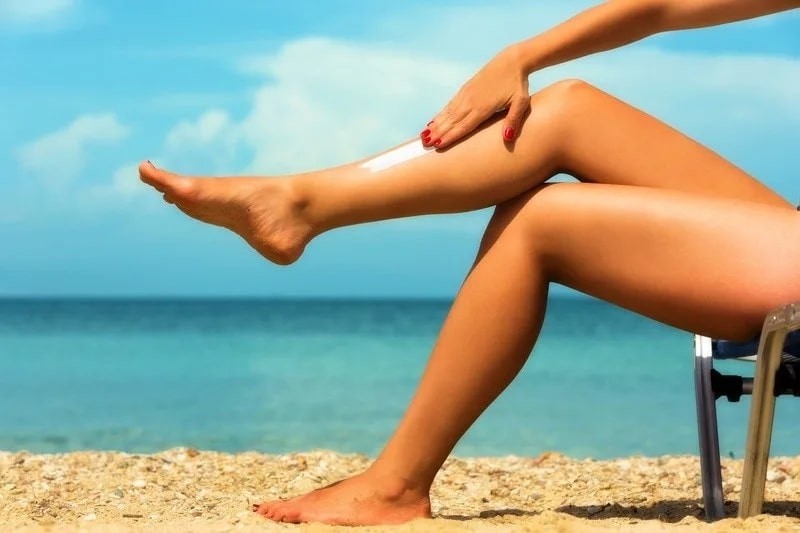 |
| Photo: Olay |
With summer here, there are more opportunities to spend time in the sun. With more sun comes more responsibilities (i.e., proper skincare), but also a strong desire to look good. As one interviewee in a study of tanning behavior explained, “You know how it is: I mean for us girls, we normally wear less in the summer or spring than in winter, and it just looks bad if you’re as white as snow in the middle of June or July” (Vannini, & McCright, 2004). This summer, are you going to lather yourself in SPF-100 sunblock or embrace the rays in hopes of achieving a nice deep tan?
Your answer to that question depends on several factors, starting with media consumption. After viewing models with Photoshopped tans, women express more favorable attitudes toward tanning compared to another group who saw the same model without a tan (Mahler, Beckerley, & Vogel, 2010). Researchers found the same effect when a separate group of participants looked at magazine advertisements featuring tanned vs. non-tanned models. In other words, seeing tanned, attractive people encourages us to want the same for ourselves.
Not surprisingly, a major motivating factor for tanning is that people want to improve their general appearance (Cafri et al., 2006). In fact, among adolescent females, the primary motives for sunbathing are appearance and well-being (e.g., “improve my mood”) (Darlow, Heckman, & Munshi, 2016). Those who sunbathed more were also more likely to “buy into” societal standards for thinness.
In a separate study, those who were more concerned with appearing attractive had more incidental sun exposure but also worried more (appropriately so) about skin cancer and the sun’s effect on aging (Heckman, Wilson, & Ingersoll, 2009). Tanning may also relate to a person’s desire to attract and keep a relationship partner. Research shows that those who are dating were more likely to suntan than those who were not dating at all or those in more established relationships (Pettijohn, Pettijohn, & Gilbert, 2011). In their sample, the majority of daters (73 percent) regularly suntanned, with 64 percent believing that tanned skin made them more attractive to potential relationship partners.
 |
| Photo: Live Science |
A similar study found that males not only rated dark tans as more attractive (vs. light or medium tans), but also perceived dark-tanned women as thinner (Banerjee, Campo, & Greene, 2008). Tanning’s powers extend beyond simple attractiveness. Research shows that we’re more likely to respond positively to requests for help when a tanned person asks us (Guéguen, 2015). We’re also more likely to hire a tanned person for a job (Gillen & Bernstein, 2015). Part of the reason for wanting to hire them? Participants thought tanned applicants were more attractive.
How to get a tan faster
Here are 10 ways to get a tan faster to avoid prolonged sun exposure.
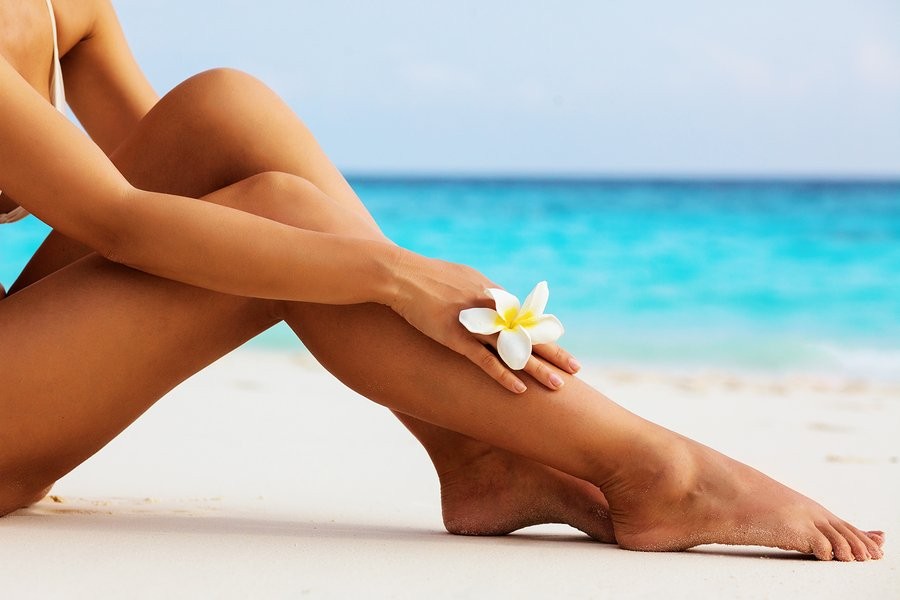 |
| Photo: Getty Images |
1. Use sunscreen with an SPF of 30. Always wear sunscreen with broad-spectrum UV protection of at least 30 SPF. Never use a tanning oil that does not contain sun protection. Be sure to apply sunscreen within 20 minutes of being outside. An SPF of 30 is strong enough to block UVA and UVB rays, but not so strong that you won’t get tan. Cover your body with at least a full ounce of sunscreen.
2. Change positions frequently. This will help you avoid burning one part of your body.
3. Eat foods that contain beta carotene. Foods like carrots, sweet potatoes, and kale can help you tan without burning. More research is needed, but some studies show that beta carotene can help reduce sun sensitivity in people with photosensitive diseases.
4. Try using oils with naturally occurring SPF. While these should not replace your normal sunscreen, certain oils like avocado, coconut, raspberry, and carrot can be used for an extra dose of hydration and SPF protection.
5. Don’t stay outside for longer than your skin can create melanin. Melanin is the pigment responsible for tanning. Everyone has a melanin cut-off point, which is usually 2 to 3 hours. After this amount of time, your skin will not get darker on a certain day. If you tan past that point, you’ll be putting your skin in harm’s way.
6. Eat lycopene-rich foods. Examples include tomatoes, guava, and watermelon. A small 2011 studyTrusted Source (and older research, such as this 2001Trusted Source study) found that lycopene helps protect the skin naturally against UV rays.
7. Choose your tanning time wisely. If your goal is to tan quickly, the sun is typically strongest between noon and 3 p.m. Keep in mind, however, that while the sun is at its strongest during this time, it will do the most damage due to the strength of the rays, and is likely to increase the risk of skin cancer due to this exposure. If you have extremely fair skin, it’s best to tan in the morning or after 3 p.m. to avoid burning.
8. Consider wearing a strapless top. This can help you get an even tan without any lines.
9. Seek shade. Taking breaks will make it less likely for you to burn, and it will give your skin a break from the intense heat.
10. Prep before you tan. Preparing your skin before heading outdoors can help your tan last longer. Try exfoliating your skin before tanning. Skin that hasn’t been exfoliated is more likely to flake off. Using an aloe vera gel after tanning may also help your tan last longer.
What determines your tan shade?
Each person is unique when it comes to how dark their skin will get in the sun. Some people will burn almost immediately, and some people will rarely burn. This is largely due to melanin, the pigment responsible for tanning that’s found in the hair, skin, and even the eyes.
People with lighter skin have less melanin and may burn or turn red in the sun. People with darker skin have more melanin and will get darker as they tan. However, darker-skinned people still have a risk of both sunburn and skin cancer.
Melanin is created naturally by the body to protect the deep layers of skin from damage. Keep in mind that even if you don’t burn, the sun is still causing damage to your skin.
Benefits of Indoor Tanning
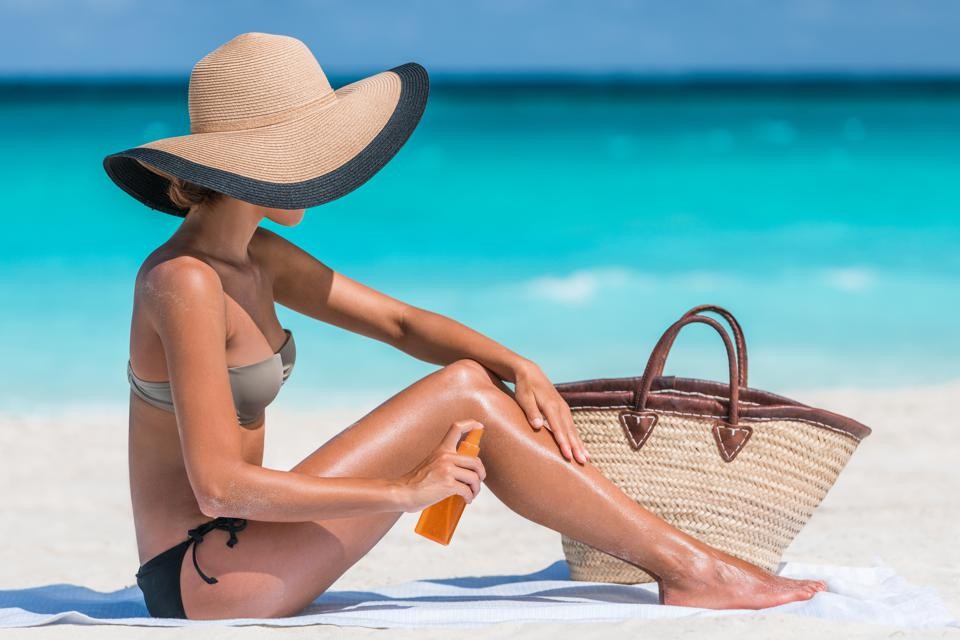 |
| Photo: Forbes |
1. It Reduces the Risk of Skin Cancer
Although it might sound a bit odd, sunless tanning does reduce the risk of cancer development. Yes, UV rays are notorious for having a plethora of harmful effects on the human body – they promote abnormal cell growth and are known to kill the cells in our organism. However, since one of the major benefits of indoor tanning is also the boost of vitamin D (more on this below), sunless tanning can actually reduce the risk of the following cancers:
- Skin
- Kidney
- Ovarian
- Breast cancer
2. Indoor Tanning Makes Your Body Produce Vitamin D
One of the vital reasons why people need a certain amount of sun exposure is, of course – vitamin D. It was proven that you can get your recommended daily amount of this crucial vitamin simply by being exposed to the sun for only 15 minutes (without any sunscreen, that is).
However, not all people have this privilege.
Some people live in such locations that they don’t have the opportunity to get sun exposure most of the year. This is why they need to resort to alternative ways to get their daily dose of vitamin D. Some governments have recently made it a requirement to add vitamin D to certain dairy products, which is pretty useful, but not all people consume dairy products on a daily basis, if ever.
This is where sunless tanning steps in to kill two birds with one stone and save the day.
Not only does sunless tanning help you achieve the bronze hue you always wanted for your skin, it can also trigger your body to produce more vitamins and thus provide you with a recommended vitamin D intake. So, you can say goodbye to expensive and unnatural supplements!
3. Hormonal Balance and Oil Production
Another two extremely useful benefits of indoor tanning include:
- balance to the hormones
- production of healthy oils
Of course, these benefits come from regular, outdoor tanning as well, but with sunless tanning, you get to measure the doses, which means you won’t be exposed to UV rays too much (if you’re careful) and your skin won’t experience unnecessary damage.
4. Reduces Scar/Stretch Marks Visibility
What you’ve probably heard before (or experienced on your own skin) is that getting a nice tan can actually make the scars more conspicuous. But we are here to help you find out how and why indoor tanning can help reduce the visibility of your scars.
What happens is actually some sort of an optical illusion, rather than the process of actually reducing the visibility of the scars.
Namely, it’s all about the difference in color. When you get a tan, scars tend to be darker than the rest of your body, making them appear more conspicuous and more prominent. However, with indoor tanning, this difference in skin color can be controlled.
5. Reduces the Visibility of Jaundice Skin
Another excellent benefit is the ability to hide those annoying yellowy tinges some people have on their skin called jaundice skin. These yellowy marks are usually a sign that you have more serious health problems, predominantly problems with your liver, or it can be a side effect of some medication you’re taking.
This means that getting rid of jaundice skin can indeed be a long-term process and is never a walk in the park.
NOTE: if you notice these marks on your skin, and you don’t use any medication, please consult your doctor.
On a less serious note, putting up with jaundice skin from the cosmetic point of view can be an easy task. Indoor tanning can help you reduce the visibility of the yellow marks in no time. With the help of UV rays, the notorious yellow tone will start to darken the more sessions you have. Of course, this won’t cure your skin condition, but it WILL make it less visible.
6. Helps You Lose Weight
Although it may sound a bit far-fetched, one of the crazy benefits of indoor tanning is that it can actually help you with your weight loss efforts. What happens is that the UV rays have the ability to boost your metabolism by triggering your thyroid gland to go into overdrive mode. And of course, we all know that our body burns more calories when our metabolism shifts up a gear, which creates a calorie deficit in our organism.
This is why people who spend more time in the sun tend to be in better shape than couch potatoes (among other things, naturally).
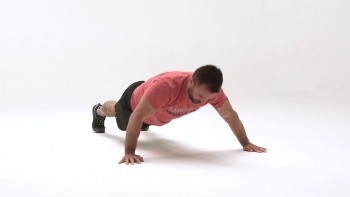 | Top 6 Wonderful Exercises to Get a Summer Body With summer coming, it is necessary for you to exercise and slowly get in shape for your bikini body to enjoy a lovely time on ... |
 | Exercises to Stay in Shape And Healthy While Traveling Exercising is an important part of our daily life, and it is totally possible to do your regular physical exercise while traveling around. Below are ... |
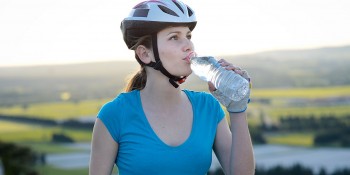 | Post Covid-19 Physical Exercises: How To Exercise To Improve Your Health Exercise might be tough after being sick, especially in the Covid-19 case. Here is how you can exercise and improve your health for recovery. |
Recommended
 Handbook
Handbook
Vietnam Moves Up 8 Places In World Happiness Index
 Handbook
Handbook
Travelling Vietnam Through French Artist's Children Book
 Multimedia
Multimedia
Vietnamese Turmeric Fish among Best Asian Dishes: TasteAtlas
 Handbook
Handbook
From Lost to Found: German Tourist Thanks Vietnamese Police for Returning His Bag
Popular article
 Handbook
Handbook
Prediction and Resolution for the Disasters of Humanity
 Handbook
Handbook
16 French Films To Be Shown For Free During Tet Holiday In Vietnam
 Handbook
Handbook
Unique Cultural and Religious Activities to Welcome Year of the Snake
 Handbook
Handbook




